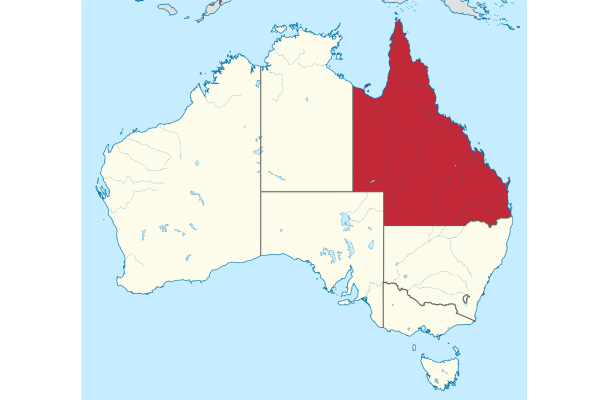Resurgence of Black Lung in Australia, 60 Years After the Disease Was Thought Eradicated

After six decades without a reported case of black lung, Australia is experiencing a resurgence of coal workers’ pneumoconiosis.
As reported by the Australian Broadcasting Corporation (ABC), four coal miners have been diagnosed with black lung.
And it appears that this may be the tip of the iceberg because a shortage of B-Readers who are qualified to read x-rays for pneumoconiosis means that hundreds of thousands of x-rays remain unread.
I highly recommend viewing the 9-minute video by the ABC that is available here. The video interviews a coal miner suffering from black lung; representatives from the union, government, and industry; and Dr. Cecile Rose of National Jewish Health in Denver, Colorado.
Before this story I knew very little about the Australian approach to dealing with black lung, but it appears that mobilization by coal miners in the late 1940s led to dust controls and a system in which all miners are x-rayed every five years. (According to a policy paper done by the Yale Global Health Justice Partnership, Australia’s system for dealing with miners’ occupational lung diseases varies by state, with New South Wales having the best system.)
Of course if those x-rays are never read, then the system provides little protection.
The ABC story also talks about a 1983 study identifying 75 miners with black lung that was never made public.
This story reminds you that black lung is a disease affecting coal miners around the world and that it is necessary to maintain vigilance even when the effects of the disease are not being immediately seen.